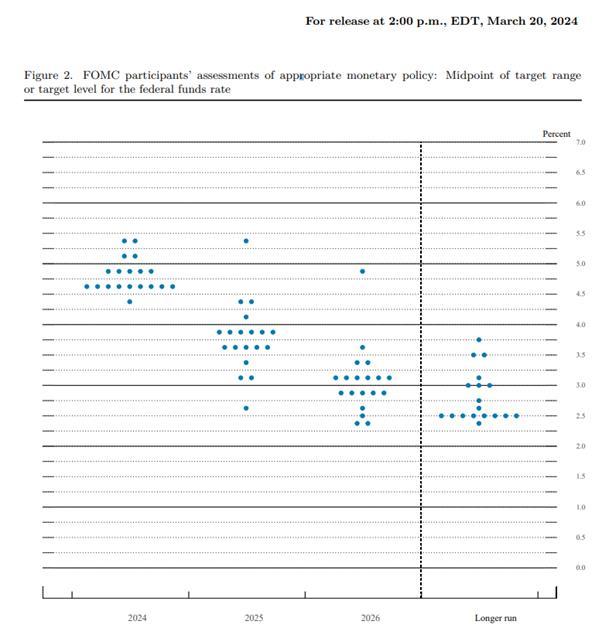However, for investors holding bonds until maturity, price fluctuations are less concerning. At maturity, investors receive the full face value of the bond, regardless of market movements. Thus, for investors focused on generating passive income, the yield and coupon rate of bonds are more important factors to consider. Despite bond price fluctuations, the consistent interest payments provide a reliable income source.





